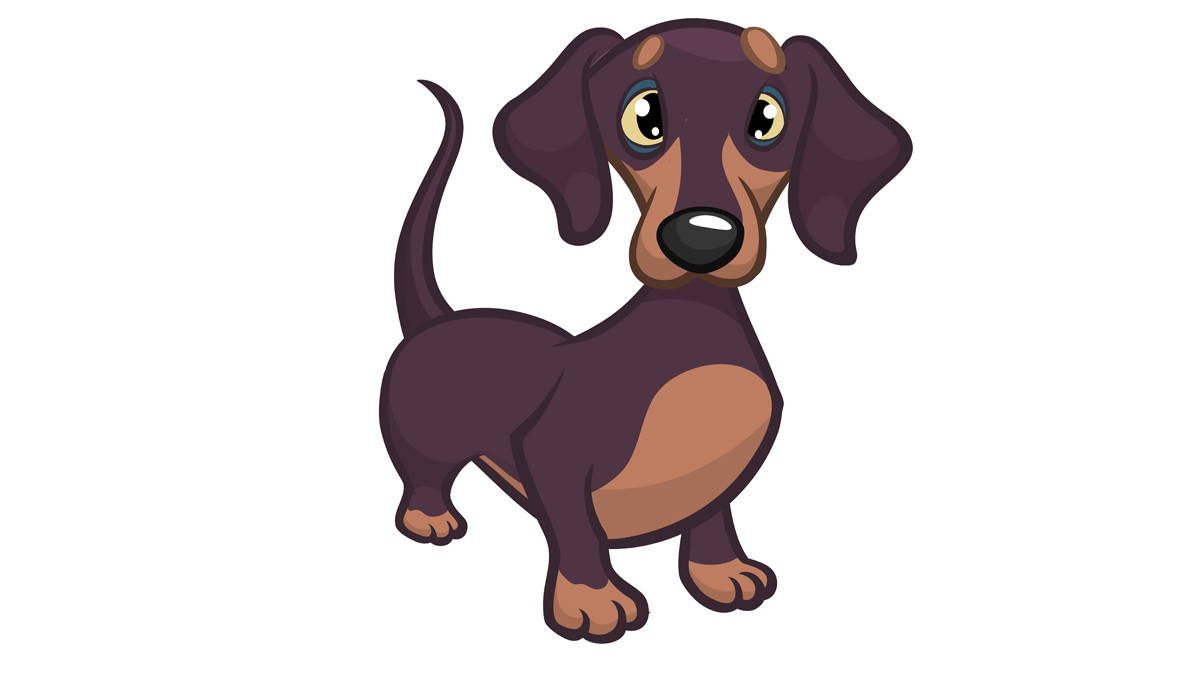The pet gate goes up or demands to “Crate!” do.
A new toy gets placed outside the bedroom door, preferably a toy that is stuffed with a long-lasting treat.
Or, inexplicably, the family dog is picked up and placed in the yard to confirm that, for the moment, family members do not have paws.
Despite these attempts to distract or appease, some dogs still do their best to pause romantic moments between their owners. Whether it’s the owners’ attempts to distract their dogs or the dog’s attempt to distract their owner, fun and frustration abound.
“My husband will reach out to hold my hand when we are sitting on the couch and my little Shitzu, Bandit, will jump between us,” said Summerville resident Sarah, who requested anonymity. “Bandit will lick my husband’s hand and we know it is Bandit’s way of saying ‘Don’t touch my mom.’”
“We have to insist that Bandit goes to his crate and then we cover it if we don’t want him to bug us while we dance or have a nice dinner,” Sarah added.
“My dogs and I have a stronger bond than my wife and they do. I am the fun haver, the ball thrower, the one that brings an extra taco home to cut into four pieces,” joked Darren Cone, a Texas resident formerly from Charleston who is still a frequent visitor.
“The second I put my arms around my wife, they cut loose howling like they’ve treed a coon,” Cone explained. “Barking and fussing, they break us apart and they get the attention every single time.”
Jill Lundgrin, owner of Coastal Canine Academy in Charleston and a certified professional trainer, offered an analogy that explains the dog behaviors that Cone and Sarah experience when any form of intimacy unfolds in their respective homes: “Think of your dog like a child. Children vie for our attention all the time. Dogs do too.”
Jealousy and protectiveness contribute to the dog’s anxious behavior as well, Lundgrin noted.
“If a dog is closer to one owner more than another, it often feels protective of that owner,” she said. “Sometimes it is hard for dogs to know if exchanges between owners are harmless and they get anxious. Other times, jealousy is a factor. I’ve got two pups that are brothers; you pet one and the other wants the same attention and starts nudging in. Dogs are kids at heart.”
When dogs get antsy, the cause rests with the owner, according to Bob van Gorkom, founder and owner of Charleston-based Happy Dog Training Academy.
“Dogs have to learn about boundaries,” van Gorkom explained. “If they have not been taught how to correctly behave within boundaries, they will not behave. Most people offer a lot of love to their dogs, but not enough meaningful conversation.”
Any anxious and quirky behavior linked to owners’ intimacy is rarer than a norm, van Gorkom added.
He and other experts note that one explanation for a dog’s ornery behavior at the onset of owner intimacy is that it is “resource guarding.”
“Dogs guard people, places and things – not just toys,” van Gorkom explained. “When they do it while they are young it may seem cute, but as the dog gets older the guarding can become vicious and it is not so cool.”
Guarding behavior “occurs when a pup thinks he has to defend an item of value, whether it’s the bed or one of the people in the relationship,” noted The Washington Post reporter Rachel Kurzius in her May 2024 story titled “When pets get in the way of getting it on.”
“Some dogs can get aggressive; they may snarl, growl or even attempt to attack one of the humans engaging in the romance,” Kurzius added. “These behaviors can gradually worsen, so don’t ignore them. (And, generally, any sudden behavioral changes in your pet are a reason to contact your veterinarian.)”
Dogs’ anxiousness can also be attributed to separation anxiety, Amy Campbell and Lillian Ciardelli, co-owners of the Georgia-based pet training business Behave Atlanta, explained in Kurzius’ article. “Whining, barking and destructive behaviors” can be linked to “being relegated to a different part of the home.”
There are additional solutions to teaching your dog about boundaries during its puppy years, as van Gorkom suggested.
“For dogs, you could ease in with a pet gate so that the animal can get accustomed to distance while still having you in their sight,” Campbell told The Post. “Train your dog to sit quietly on the other side of a gate by rewarding the behavior with a long lasting chew, lick mat or Kong — something that takes the animal’s attention away from you. Slowly increase the time they’re separated from you or the time between treats, building up to a shut door and repeating the same routine of providing a reward for quiet, calm behavior.”
With better dog training, creativity and empathy, there are ways to calm canines who love to disrupt intimacy between partners. Owners don’t have to ‘paws’ the moment.
By Lisa Moody Breslin







